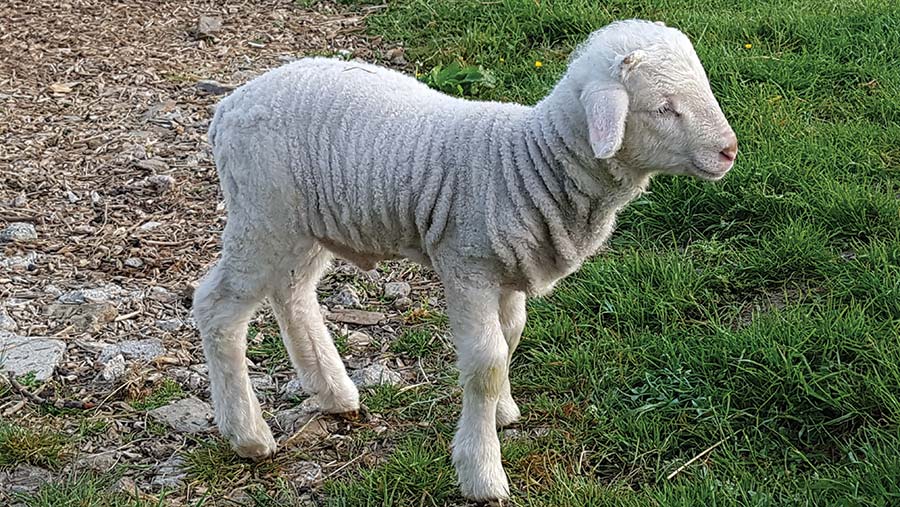Handy Facts For Picking Merino Wool Base Layers For Hiking
Wiki Article
What Is The Difference In Merino Sheep And Other Breeds?
Merino sheep have many distinct traits that differentiate them from other breeds. Merino wool- Merino sheep are well-known for their luxurious wool. It is soft and finer than that of other breeds of sheep. Merino wool is prized due to its versatility, warmth, comfort, and versatility.
Adaptability: Merino sheep are very adaptable to all kinds of conditions and climates. They can thrive in both cold and hot climates, and can withstand a wide range of temperatures.
Resilience- Merino sheep have a reputation for their toughness and resilience. They are able to withstand harsh weather conditions and are immune to most common sheep diseases.
Fertility- Merino sheep are fertile, and can produce multiple offspring during one pregnancy.
Merino sheep's patterns of grazing are distinctive. They have a distinct way of grazing which is healthy for them. They are more careful and selectively, which enables them to stay clear of overgrazing or toxic plants.
Breeding- Merino sheep are selectively bred for the best wool. This results in a variety of Merino sheep breeds with different characteristics and quality.
Merino sheep, in general are highly sought-after due to their high-quality wool, their ability to adapt to changes resilient, as well as other unique qualities. They are an important resource for the wool industry and are widely respected by farmers and breeders around the world.

What Is The Basis Layer Of Heavyweight Merino Wool Merino Wool Differ Between Light, Midweight And Heavyweight?
The texture of the fabric and warmness are the main difference between the midweight, light and heavyweight Merino wool base layers. Here's how the base layers differ. Lightweight Merino wool base layers are typically constructed from an incredibly thin and breathable fabric, which is ideal for warm and cool temperatures. This layer is great for high-intensity activities, where you're likely to sweat and require an item that will wick moisture away and help keep you cool. They can be worn under other layers in colder temperatures as an underlayer.
Midweight Merino wool base layers are made from an extra-thick fabric that offers greater insulation and warmth than base layers that are lightweight. This kind of base layer is ideal for cool to cold weather conditions and is an excellent choice for low to moderate-intensity activities in which you aren't likely to break into the sweat.
The most warm and thickest Merino wool base layer is made of heavyweight Merino wool. It's made for extreme cold winter conditions. This base layer is great for activities that require low intensity, such as skiing or snowshoeing where you won't sweat.
It is important to consider the weather conditions along with the level of activity when choosing the right Merino wool baselayer for you. A lightweight base layer will be most suitable for high-intensity activities during cool and warm weather. A middleweight base layer is ideal for cold to cool temperatures and moderate to low intensity activities. A heavyweight base layer works best in very cold temperatures as well as low-intensity activities. Be aware that you're able to layer down or up depending on the weather conditions, therefore it's better to choose an option that is not too heavy, but not too heavy. Also, ensure your base layer is fitted and allows for full movement. Go check out merino wool base layers for site tips.

Why Are Merino And Himalayan Wool Used Together To Make An Ideal Base Layer To Ski?
Blending Merino wool with Himalayan Yak wool is the ideal choice for a base layer for skiing because it combines the advantages of both fibers. Merino wool is famous for its superior ability to regulate temperature, moisture-wicking properties as well as its softness. Himalayan Yak Wool is famous for its warmth and durability. Both fibers can be used together to create a base layer which provides exceptional warmth, moisture management, breathability, and is perfect for skiing. The Merino wool helps regulate the body's temperature, and also wicks sweat away from your skin making you dry and comfortable. The inclusion of yak wool, that provides warmth in cold winter conditions, adds an additional layer to insulation. Merino wool and Yak wool blends are durable and more durable than the other bases. They can also be utilized for intense activities such as skiing. In the end, mixing Merino wool with Himalayan yak wool creates a base layer with an ideal balance of warmth and moisture management, as well as breathability and durability, which makes it an ideal choice for skiing as well as other cold weather activities. Go find koraoutdoor.com for ski thermals for blog examples.

Merino And Himalayan Himalayan Yak Wool Is Superior To Cotton, Polyester, Nylon, Fleece, And Other Alternatives For Skiwear.
Merino, Himalayan, yak, and nylon ski clothing are better than those constructed from polyester, cotton and nylon. Warmth- Merino, Himalayan, and Himalayan Wool are very effective insulators, keeping you warm during cold weather. Merino Wool and Himalayan Yok Wool offer superior insulation.
Moisture management- Merino wool and Himalayan Yak wool are extremely efficient in managing moisture, that means they'll ensure you are dry and comfortable when you're out skiing. Both fabrics are naturally moisture-wicking. This means they draw moisture from your skin and transfer it to the upper layers of the fabric so that it can evaporate. This is different from cotton that absorbs moisture and becomes heavy and uncomfortable when moist.
Breathability- Merino wool as well as Himalayan yak wool are extremely breathable, which means that they allow air to circulate throughout the fabric, which helps keep your body cool and stop overheating. This is essential because ski clothing allows you stay comfortable when you're ski. In contrast, polyester, nylon and fleece, which are not as ventilating. They trap heat, moisture, and can make you feel uncomfortable.
Comfortand Comfort Merino and Himalayan wools are soft and comfortable and are able to be worn close to the skin. They also can move in tandem with your body, which allows for full range of motion. While nylon, fleece, polyester, and nylon are uncomfortable and restrict your mobility and range of motion, they can also cause discomfort and chafing.
SustainabilitySustainable Merino wool as well as Himalayan Yak wool are natural renewable fibers that biodegrade and can be reused. They are more eco-friendly than synthetic materials like polyester and nylon, which are made from nonrenewable resources and take longer to decompose.
Merino wool, also known as Himalayanyak wool have many advantages over cotton nylon polyester, nylon or fleece to wear for skiing. They are warm and durable, as well as water-wicking. They are easy to breathe and comfortable. They are an ideal choice for anyone seeking to remain comfortable when skiing.